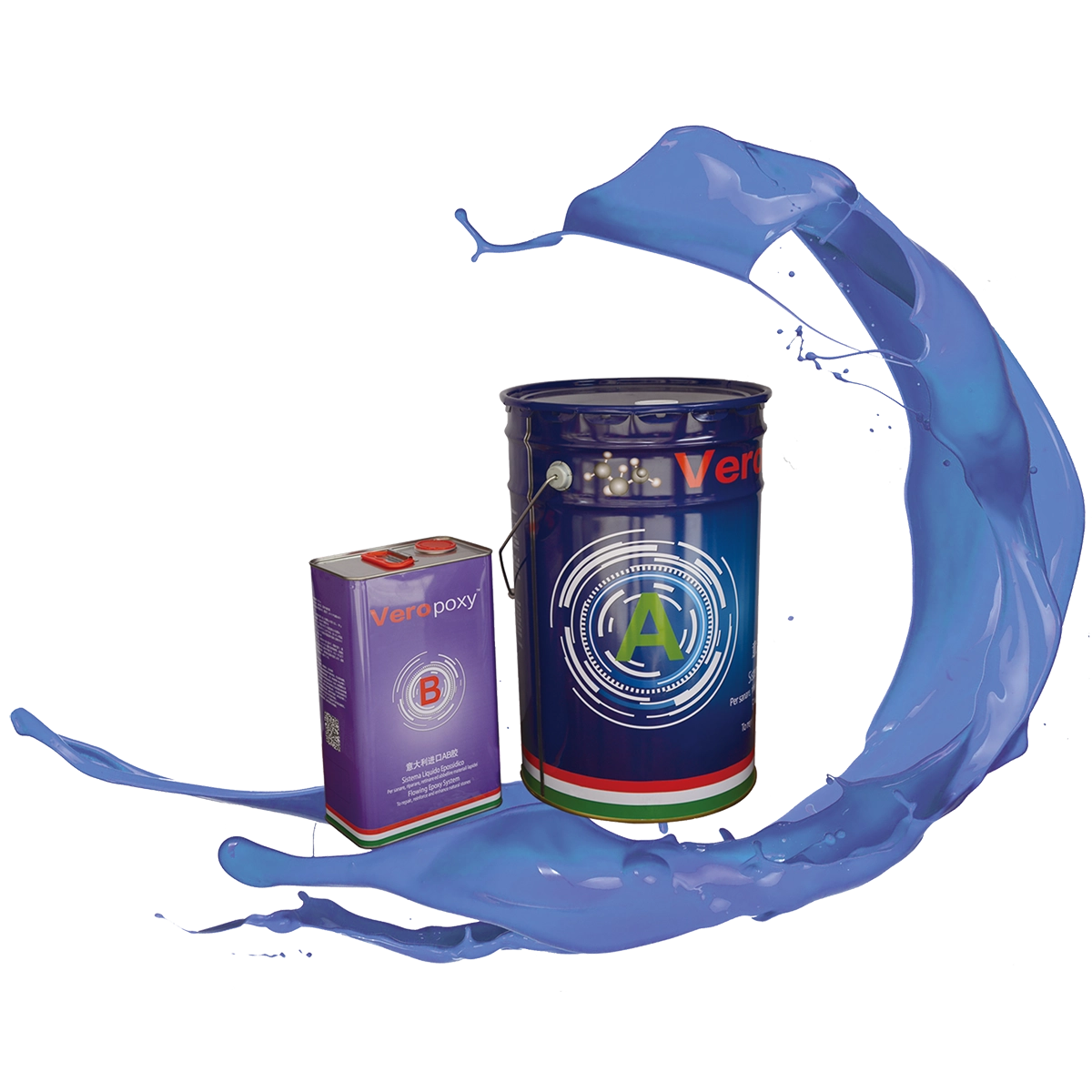Travertine, with its unique patterns and earthy tones, holds an irreplaceable place in architecture and design. Created over millennia from mineral deposits in hot springs, this stone’s natural porosity both gives character and presents problems. Travertine’s small pores give it appeal as well as make it susceptible to structural degradation, water damage, and staining.
Enter epoxy resin, a versatile material praised for its ability to seal surfaces and extend the life of porous materials. Applied to travertine, epoxy essentially alters the natural porosity and air permeability of the stone. For the architectural, functional, and aesthetic aspects of travertine, then, what does this imply? Examining both the advantages and trade-offs of this increasingly used technique, this article will investigate how epoxy resin interacts with natural qualities of travertine.
The Natural Porosity of Travertine
Why Porosity Matters
In travertine, porosity is the stone’s percentage of voids or open spaces. Its formation process—that of calcium carbonate deposition around air bubbles and organic matter—results in these voids. Porosity allows air and water to pass through the stone, so contributing to its breathability even if it gives travertine its unique character.
Benefits of Natural Porosity
Aesthetic Appeal: The pores enhance travertine’s visual texture and create a rustic, natural look.
Breathability: Porosity allows moisture to escape, which is beneficial for outdoor installations in humid climates..
But in settings exposed to water and chemicals especially, this same porosity makes travertine prone to staining, mould growth, and erosion.
Air Permeability in Travertine
What is Air Permeability?
The capacity of stone to let air pass through its pores is known as its air permeability. Travertine’s air permeability supports its breathability in its natural state, so controlling moisture levels and preventing pressure buildup inside the stone.
The Role of Airflow in Stone Durability
Air permeability lets travertine dry out more quickly in humid or wet surroundings, so lowering the internal damage potential from trapped moisture. Especially in outside installations, this natural airflow also stops mildew and mould from growing.
Epoxy Resin’s Impact on Porosity
Filling the Gaps
Applied to travertine, epoxy resin leaves the stone’s pores filled with a robust, impermeable layer. By greatly lowering porosity, this process produces a smooth surface that resists stains and water.
Transforming the Stone’s Structure
Epoxy closes the voids to turn travertine into a more homogeneous, less absorbent substance. This alters the interaction of the stone with its surroundings even while it increases durability and lowers maintenance needs.
Epoxy’s Effect on Air Permeability
Reduced Airflow
Using epoxy resin greatly lessens the breathing ability of travertine. Epoxy fills the pores, so blocking the passage of air and possibly causing trapped moisture inside the stone. In outdoor installations, where rain or humidity is unavoidable, this impact is especially worrying.
Potential Risks of Reduced Air Permeability
Moisture Accumulation: Without natural airflow, moisture trapped beneath the epoxy layer can lead to mold growth or weaken the stone over time.
Pressure Buildup: In freezing climates, trapped water can expand, causing cracks or other damage to the stone.
Balancing Protection and Breathability
The Case for Partial Sealing
Selective application is one way to help epoxy’s effect on air permeability be minimised. Targeting high-risk areas (such as edges and surfaces prone to staining) while leaving some pores open helps homeowners and designers balance protection with breathability.
Combining Epoxy with Breathable Sealers
Epoxy can also be combined with breathable sealants that let some air exchange yet provide strong protection. For outdoor projects especially, these hybrid solutions are quite successful.
Aesthetic Changes from Epoxy
Enhanced Surface Finish
By deepening colour and adding a faint sheen, epoxy can accentuate the natural beauty of travertine. In modern or high-gloss design systems especially, this can be quite appealing.
Loss of Textural authenticity
While the smooth finish created by epoxy is desirable in some settings, it can detract from travertine’s rustic, natural appeal. For those who value raw stone’s tactile characteristics, epoxy’s metamorphosis could seem like a concession.
Long-Term Effects on Travertine
Durability Improvements
Travertine treated with epoxy is ideal for high traffic areas or places likely to spills since it resists stains, water, and wear more than other materials.
challenges in maintenance
The reduced breathability means that any damage to the epoxy layer (like cracks or chips) must be promptly addressed to prevent water infiltration and subsequent damage.

Epoxy Resin
Epoxy resin is a double-edged sword when it comes to travertine. Its capacity to seal pores and lower air permeability guards the stone from stains and water damage, so improving its durability and appearance. Travertine’s natural breathability, which can affect its long-term performance particularly in outdoor or humid conditions, is sacrificed in order to provide these advantages, though.
The particular application and desired results will determine whether or not homeowners and designers should use epoxy on travertine. Understanding the trade-offs and using careful application techniques helps one to find a balance that maintains the beauty of the stone and increases its usefulness.
Post time: 11 月-21-2024

